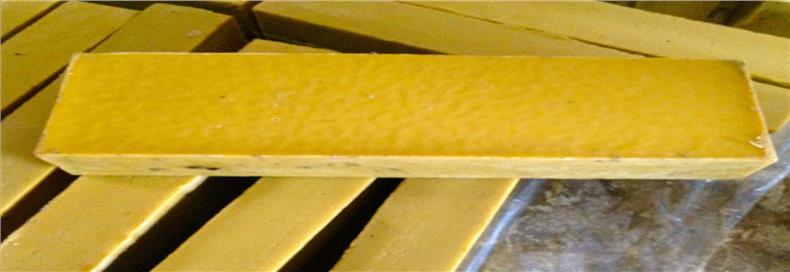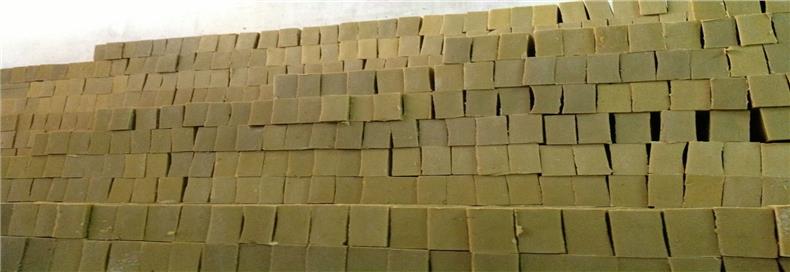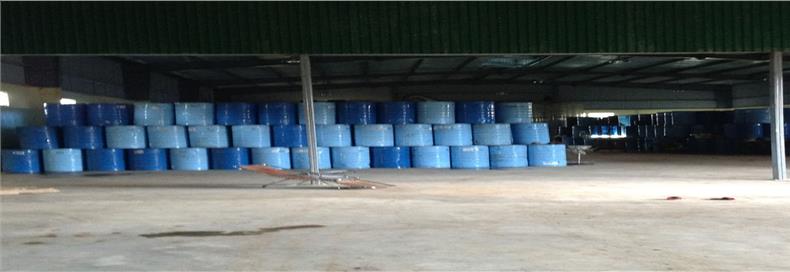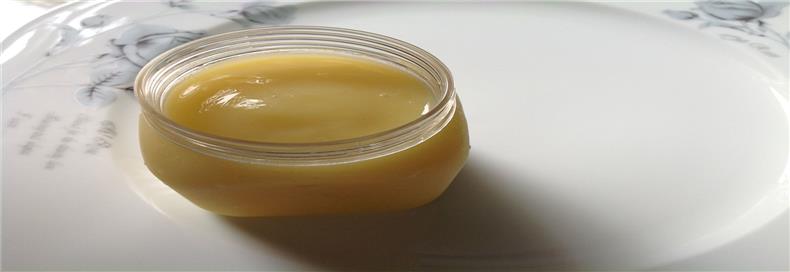
News
U.S. Honey Crops and Markets
U.S Honey Crops and Markets - November 2015
(excerpt)
UNITED STATES
Honey crops in the Midwest, Northeast and Mideast ended up being a lot better than many had forecast earlier in the season. This optimistic late season honey crop assessment has come from a number of sources and will help make up for some of the short crops in California, the Southeast and the Southwest. Beekeepers have been busy finishing up their extracting, mite treatments, and other beeyard work. A number of migratory beekeepers will also be moving their colonies to southern states or to California for the winter. With the dire situation in California, as far as the drought and available bee forage is concerned, some beekeepers may be thinking twice about moving their bees back to California right away. However, the economic reality of guaranteed almond pollination fees will bring most of them back to the state before the 2016 almond pollination season begins.
The mighty U.S. honey market is feeling its first uncertainty in several years with news of large amounts of cheaper foreign honey being offered to U.S. honey importers. The news has brought down new honey crop offering prices by 20 to 40 cents per pound, according to a number of our reporters. On the other hand, small-lot wholesale prices have remained strong, as have retail honey prices.
NORTHEAST—Honey crop reports continue to run the gamut from “very good” to “poor”. Most reporters blame the erratic weather earlier in the spring and summer. Some reports on later goldenrod, knotwood, loosestrife and aster flows have been good because bees have had a lot more foraging time. However, other beekeepers missed these late summer and fall flows because they added their mite treatments in late August or early September which is the generally recommended treatment time. Others said they were treating with formic acid, so they did not remove supers before they started varroa mite treatments. Some weaker colonies, especially new colonies, do not have enough honey for winter and will need to be fed.
Much of the season’s honey extracting and bottling has been completed. Most of the honey crop produced in this area is sold directly to the retail customer. Prices and demand at the retail have remained strong. However, some of the larger commercial beekeepers have said that they have seen a drop in offering prices from packers for larger lots of honey sold in barrels or totes.
MIDEAST—Beekeepers were finishing their mite treatments and fall feeding before winter weather closed down outdoor bee work.
They were also finishing their extracting and bottling for upcoming fall and holiday sales. Honey crops were very good for a number of beekeepers, but some reporters said stormy weather at the wrong time lowered their honey production. Colonies had received some good winter stores from smartweed, goldenrod, aster and pepperbush. Some beekeepers reported having late summer problems with high varroa or small hive beetle counts. Demand for honey remains very strong at the retail level and this is how most of the honey produced in this area is marketed.
SOUTHEAST—The Brazilian pepper flow held promise for potential additional honey in Florida if the weather cooperated. Elsewhere is the area, colonies were working the last flowers of the season from goldenrod, aster and assorted wildflowers. Honey crops have generally been disappointing this season with some reporters indicated outright total crop failures. Some beekeepers were feeding syrup for winter stores, but others felt that their bees had sufficient stores for winter.
While retail honey sales have continued to be strong, some larger honey packers are offering less for bulk new crop honey since they say that world honey prices have declined. In one case a beekeeper said packers were no longer soliciting new crop honey and had lowered their offering price from $1.85 to $2.00 per pound down to $1.65 per pound. Smaller bulk honey buyers were still offering quotes considerably above these prices.
SOUTHWEST—Earlier erratic weather hurt honey crops over much of this area. Then, drought conditions returned to some states further hampering remaining honey flows and colony buildup. On the bright side, some Oklahoma beekeepers said that their clover and wildflower flows were extended due to rainy weather preventing farmers from cutting their alfalfa or mowing pastures. Winter stores are mostly satisfactory at the present time, but some feeding may need to be done later this winter. In some cases beekeepers reported increased incidence of small hive beetles and wax moth damage to hives. Most beekeepers were finishing their mite treatments in preparation for the winter months. Bees were still working assorted wildflowers such goldenrod, aster and other late-blooming wildflowers.
Demand for honey remains strong at both the wholesale and retail levels. Some beekeepers expected to run out of inventories sooner than normal due to smaller crops this season.
EAST CENTRAL—Honey crops during the last half of the season were much better than earlier due to more stable weather conditions. In particular, a number of Wisconsin beekeepers reported better honey crops from clover and alfalfa. In other states, however, the major flows had come and gone before the weather settled down. Several Michigan reporters indicated problems with the weather, but were able to produce some basswood, star thistle, alfalfa and clover honey. In Illinois, Indiana and Ohio reporters also report weather-related honey crop declines earlier in the season, but later clover, alfalfa, goldenrod, smartweed and aster flows were improved. Beekeepers were still busy extracting and bottling, but were also treating colonies for mites and preparing them for winter.
Although small-lot wholesale bulk sales continued to be strong, larger packers have slowed their buying and reduced their offering prices in some cases due to the greater availability of cheaper grades of imported honey. Retail sales remain strong and beekeepers are coming off an excellent fall sales season and hoping for good Christmas sales during the month of December.
WEST CENTRAL—Later season honey crops over much of Dakotas and Minnesota were much better than the first half of the season. This has resulted in a number of beekeepers revising their ....
Tags : Honey , Honey vietnam |
|
Other
|
Product List
Support online
-
 Buy online
Buy online
-
 +84 909 812 088
+84 909 812 088 -
 vinawax@gmail.com
vinawax@gmail.com
-
Video activity
This text will be replaced
















